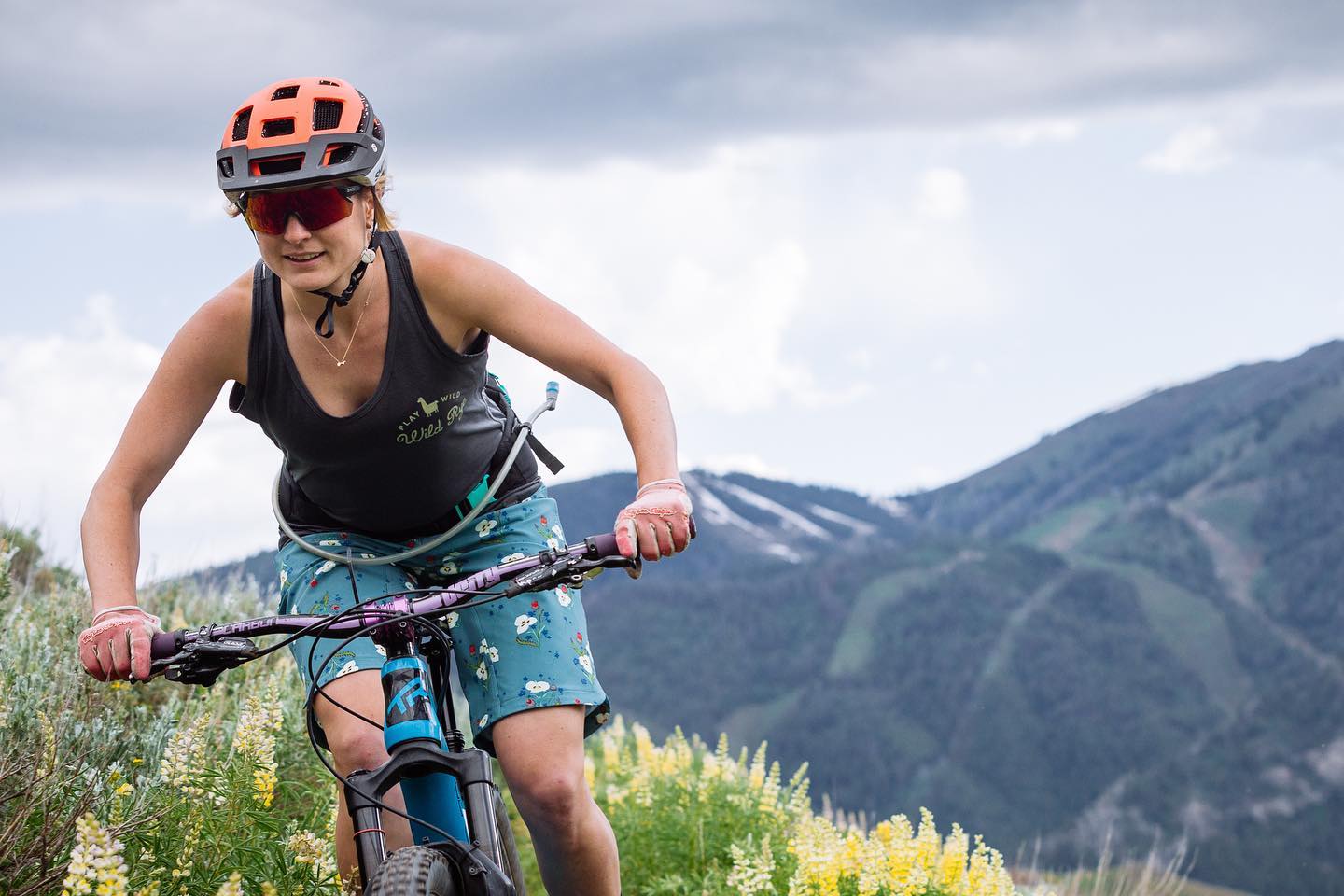
Multi-Use Trail Etiquette
Most of us would probably prefer a hike in sweet solitude, without encountering any other hikers, bikers, etc. However, this is rarely the case where established trails exist. Trails tend to clog up during the summer months and especially around holidays, and in these unique times, while folks are going stir crazy staying socially distanced in their homes, more and more people are looking towards the trails for escape. This is why knowing multi-use trail etiquette is critical, maybe now more than ever before. While some trails may have their own rules posted, we've found that a sense of general rules can go a long way.
Know the trail hierarchy
Some trails may be limited to hikers only, bikers only, and even equestrians only. However, plenty of trails allow all three (and even then some), and it’s important to know who has the right of way when you encounter a fellow nature-lover.
Hikers
If you encounter another hiker, the hiking trail etiquette would be that the downhill hiker yields to the one going uphill (you don’t want to be stopped when you’re in the zone chugging up a steep hill). If you encounter a biker, the biker should yield to you. That being said, if the biker seems out of control, consider taking the time to step off of the trail and get yourself out of harm’s way. When you encounter a horse, the hiker should yield to the horse. Always make your presence and intentions known to those on horseback as horses frighten easily and have leg muscles the size of your entire body. Imagine cutting your hike short just because you were too embarrassed to talk to a horse.

Runners
You are a hiker, only most certainly faster. The same rules apply to you, though you will most likely be passing hikers more often than hikers pass themselves. Make your presence known well in advance (think Captain America’s infamous “On your left!”) and pass on the left once you know the hikers ahead of you are aware of your quickly approaching self.
Bikers
As a biker, you yield to everyone. What to do once you know this depends on which type of trail you are on and which direction you are going. On a regular trail, if you’re going downhill, stop your bike and lean off the side of the trail, giving plenty of room for the human (on foot or bike) or animal coming up the hill. It’s much easier for you to start up again going downhill than it is for anyone else going uphill. Other than the extra effort required, uphill bike trail etiquette does not differ too much from downhill. If you want to pass someone going uphill, though, make sure you announce your presence early and communicate that you would like to pass. Your fellow nature-lovers out on the trail are typically pretty cool and you should be able to work something out easily.
Horseback
You are the king of the trail and you yield to no one. You know your animal better than anyone else on the trail, so you know how to handle each individual situation. Most importantly, be aware of runners or bikers around you that may want to go faster than you. If they make their presence and intentions clear, let them know your plan as well. Working together on the trail is the best way to prevent incidents.
Know Who/What is Allowed on the Trail
For everyone, trail etiquette is also knowing what modes of transportation are allowed on the trail you plan to hike, run, or ride. Also, some trails are dog friendly, some are not. Likewise, some dogs are trail-friendly, some are not. If your pooch is up to a good hike and is allowed on the trail, then by all means you and your furry friend are more than welcome on the trail! Know, however, that your fellow hikers may (unfortunately) have differing opinions of dogs. If the trail does not require a leash on your pet, it is still a good idea to have one on hand for the chance encounter of another hiker or animal. A leash is a clear way of showing others, who may be nervous around dogs, that your pup is under your command.
In addition, be aware if motorized vehicles are allowed on your chosen trail. If they are, keep your ears peeled for vehicles coming up behind you. You do have the right of way, but you also have the guarantee that any motorized vehicle is probably going faster than you. Typically, where motorized vehicles are allowed the trail is wider, and keeping to the right of the trail is a clear indication that you are aware of the coming vehicle and you give it your permission to pass you.

Communicate and be friendly
When you’re out on the trail, you can automatically know one thing about everyone you see: they love the outdoors. You all have something in common! It only makes sense, then, that you ought to be friendly with everyone you encounter. Not only does a friendly hello add to everyone’s good mood, but a brief conversation on a more remote trail could end up saving your life. If you are hiking solo, hopefully you told somebody where you were going and when you plan to come back. Still, briefly talking with those you pass on the trail ensures more people are aware of your location in the event something awful happens. Obviously, if someone makes you feel uncomfortable you have everyone’s permission to avoid them.
During a global pandemic, on the other hand, trail etiquette looks a little bit different. When you cross strangers on the trail the last thing you want to do is breathe heavily in each other’s faces. This is why hikers, bikers, runners, etc. are advised to at least carry a mask on their person for when you come in contact with others not in your group. Due to their many other uses, a gaiter or buff are perfect for this kind of situation. And when passing, just give each other a little extra room (if it’s there, of course).
Communication can also be the key to avoiding an awkward dance with another biker, hiker, runner, or horseback rider. If you want to allow someone to pass, communicate it clearly both with your words and with a friendly wave along.

Other Basic Courtesies
We all know the most basic dogma of all trail etiquette “Leave No Trace.” Stay on the trail, don’t bushwack, and pack out everything you pack in. But in addition to this and the all-powerful “keep right except for passing,” there are a few unwritten rules of hiking trail etiquette that come from personal experience and common sense:
Don’t Hog the Trail
When hiking in a group, don’t hog the trail. Hiking tends to be slower going in large groups, so you will most likely be getting passed. Try to stick to a single file line if the trail is narrow and if you take a break, hang just off the trail rather than blocking the path.
Research the Trail Before You Go
Look up the trail beforehand and get familiar with its specific rules and customs. For example, if a trail is a loop rather than an out and back, understand if there is a customary direction hikers do the loop (especially important for slot canyons).
Avoid Telling Others “You’re Almost There” Unless It’s True
If you encounter hikers going up while you’re coming down, don’t tell them they are close unless the summit or other destination is just around the corner! It is heartbreaking to be told you’re almost there and still have a good hour or so to go.
It’s Better to Be Safe Than Right
While the trail hierarchy exists to ensure everyone’s safety, every situation is unique and should be approached with everyone’s safety and well-being in mind.
Get Ready to Hit The Trails
Now that you’re familiar with trail etiquette, it is time to get outside. Gear.com has got you covered with all the gear you might need on your next adventure. Shop our hand-curated biking and hiking gear.





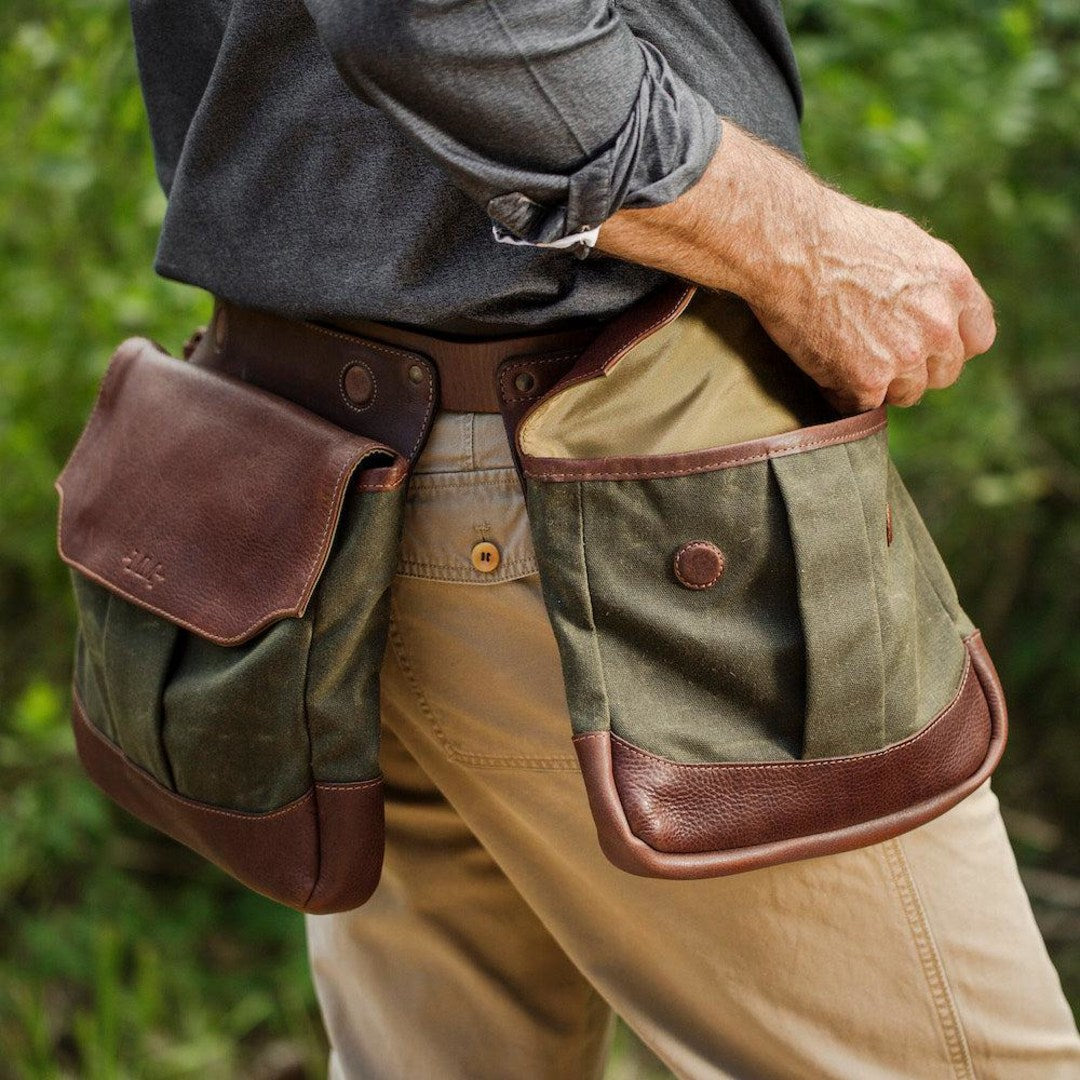
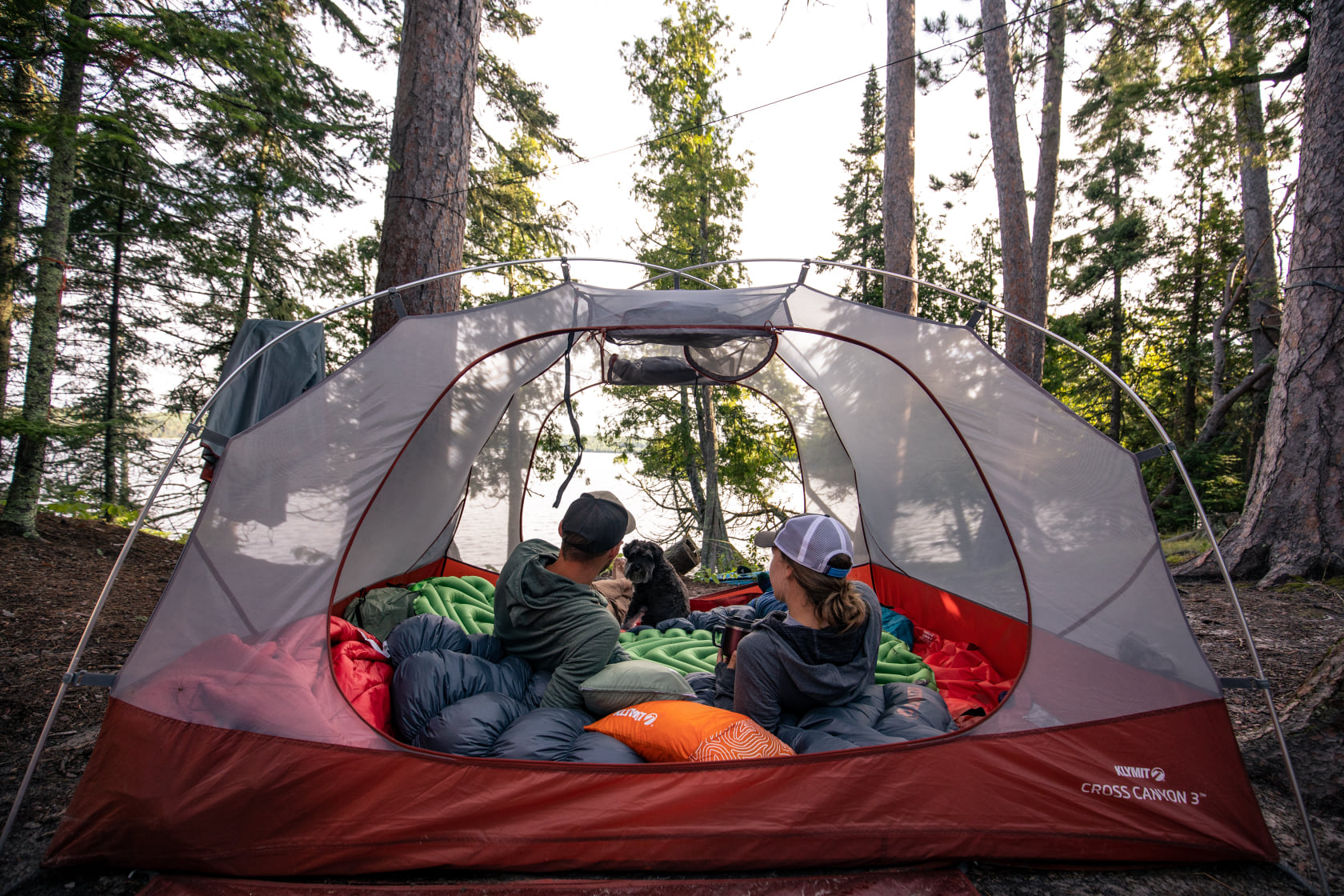

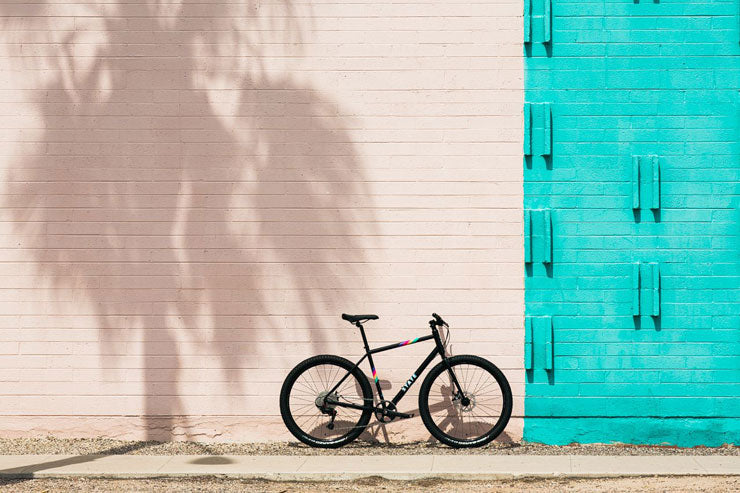


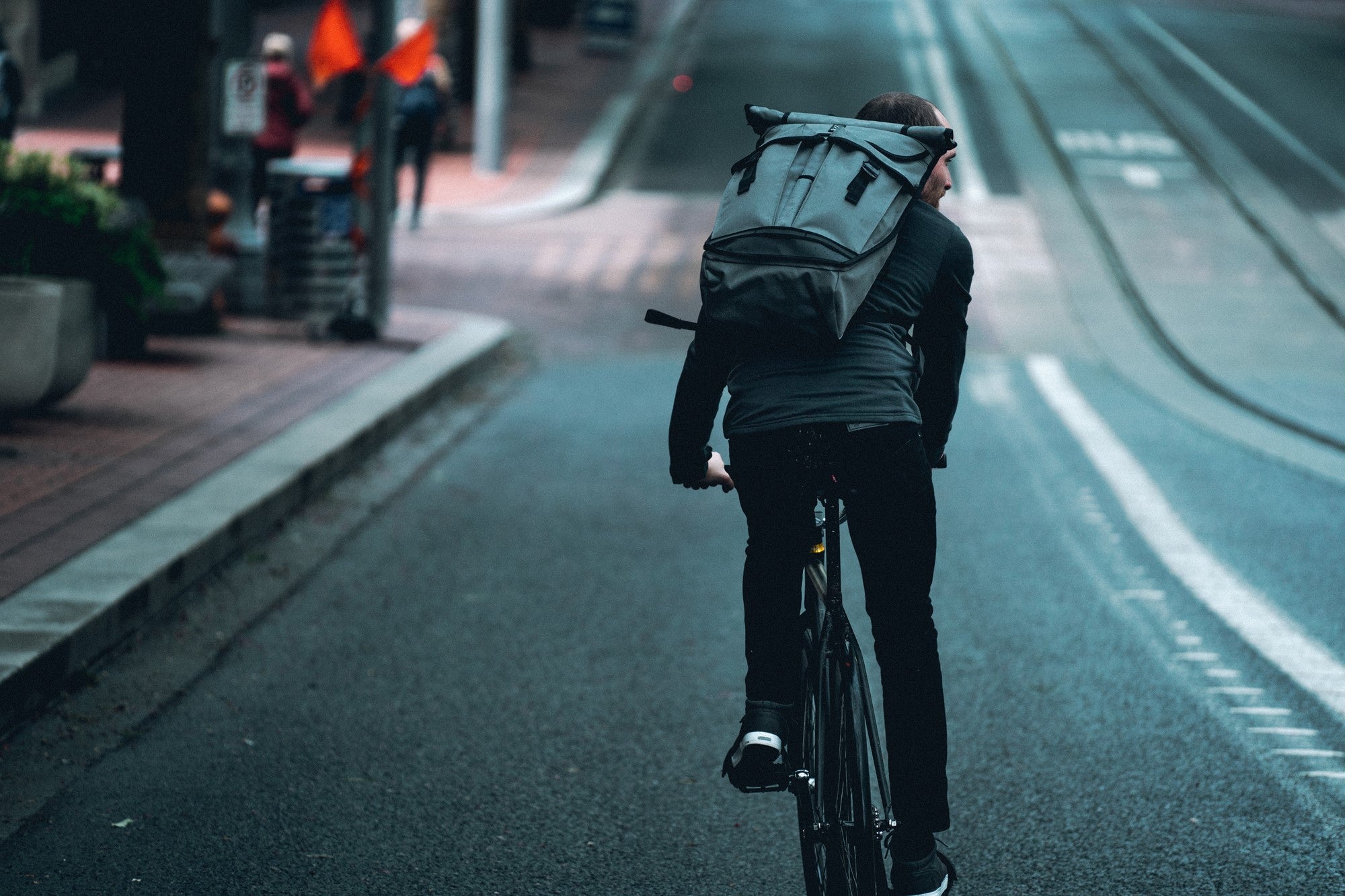
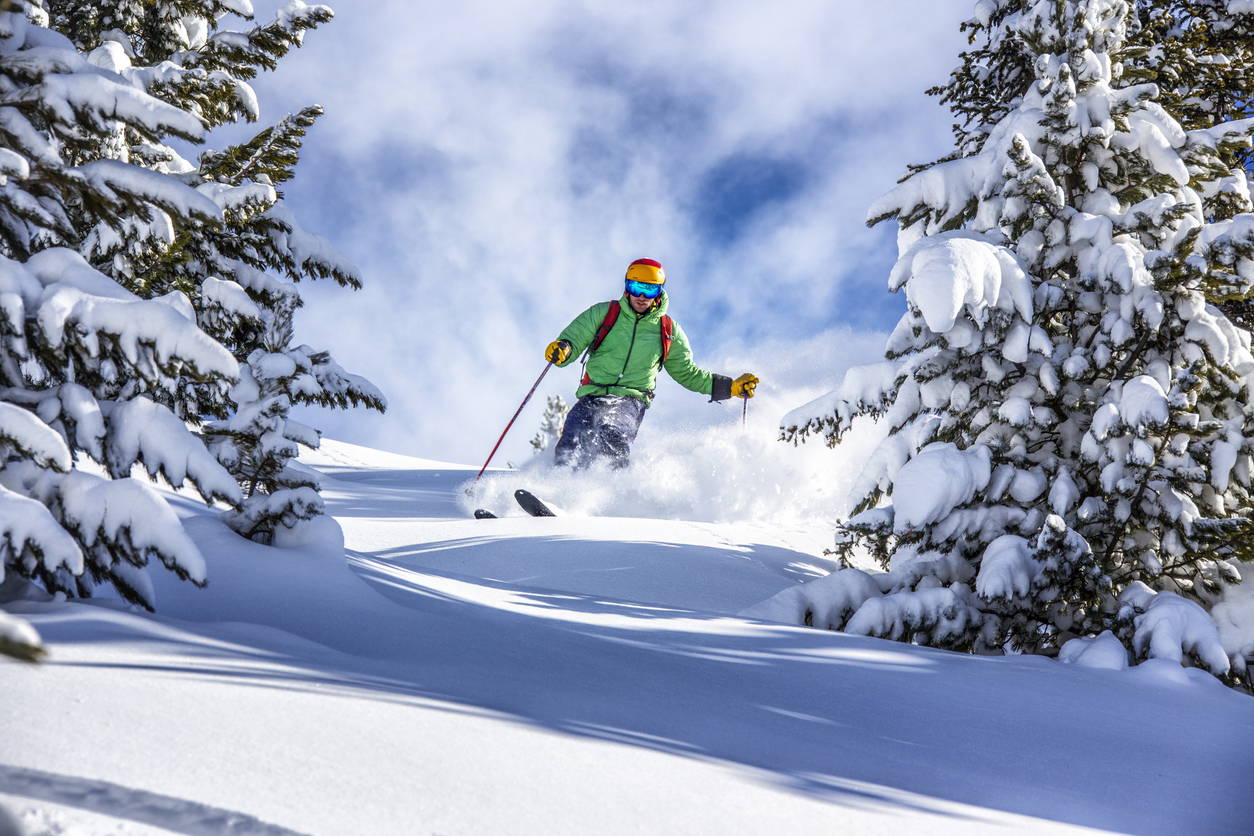
Leave a comment
This site is protected by hCaptcha and the hCaptcha Privacy Policy and Terms of Service apply.